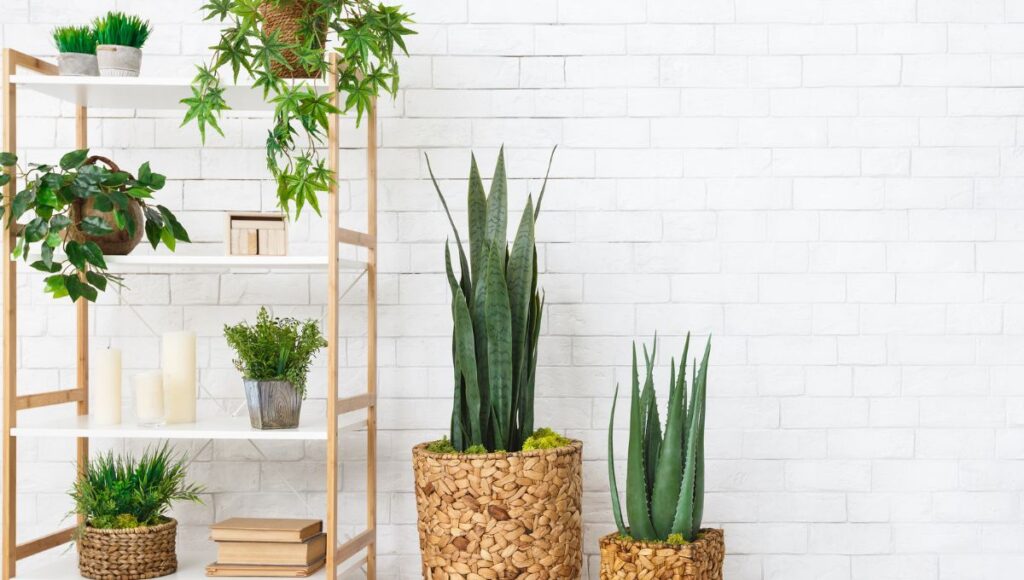
Indoor plants can provide many benefits, including adding a touch of nature to your living space, improving air quality, and reducing stress levels. But when decorating with indoor plants, you must consider certain things to ensure they thrive, from the type of lighting to the size of your pots. These are some things to consider when decorating with indoor plants and creating a beautiful and healthy indoor garden.
Lighting
One of the most important factors for indoor plants is lighting. Different plants have different light requirements, so you must consider your home’s natural light sources when selecting plants to decorate with. Most plants require bright, indirect light, so placing them near a window with ample natural light is ideal. However, avoid placing plants in direct sunlight, as it can burn leaves and damage your plants.
Pot Size
Another critical factor to consider regarding indoor plant decor is the size of your pots. Plants need enough space for their roots to grow and absorb nutrients, so choosing pots that allow for good drainage and airflow is crucial. When choosing pots, consider the size of the plant and how much space it will need. In general, you should choose a pot slightly larger than the plant’s root ball, as it will give the roots room to grow and prevent the plant from becoming root-bound.
Soil and Fertilization
In addition to the right lighting and pot size, indoor plants need the right soil and fertilization. The soil should be lightweight and well-draining, allowing for adequate airflow and preventing waterlogged roots. Fertilizing your plants with house plant food periodically can also help them thrive, but don’t over-fertilize, as this can lead to root damage and other issues. Consider using a balanced fertilizer with equal amounts of nitrogen, potassium, and phosphorous, or look for fertilizers specifically designed for indoor plants.
Temperature and Humidity
Indoor plants also require the right temperature and humidity to thrive. Most indoor plants prefer temperatures between 60 and 75 degrees Fahrenheit, so avoiding exposure to drastic temperature changes or drafts is essential. Additionally, many indoor plants benefit from higher humidity levels, which can prevent dry leaves and other issues. Consider using a humidifier or placing a tray of water near your plants to maintain the right humidity level.
Maintenance and Care
Keep in mind that maintaining healthy indoor plants requires ongoing care and attention. Regular watering, pruning, and cleaning can keep your plants healthy and thriving, while neglecting them can lead to damage or even death. Before purchasing a new plant, ensure you have the time and resources to care for it properly, including providing the right lighting, soil, and humidity levels.
Indoor plants add a touch of nature to your living space and offer many benefits, including improved air quality and reduced stress levels. However, to ensure your indoor plants thrive, you must consider factors like lighting, pot size, soil and fertilization, temperature and humidity, and ongoing maintenance and care. By considering these factors, you can create a beautiful and healthy indoor garden that enhances your home’s decor and overall well-being.

